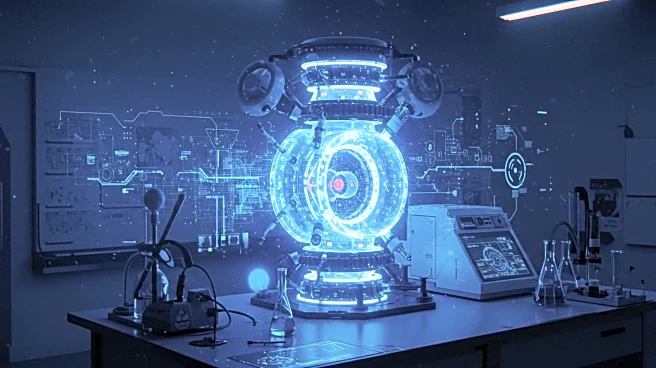Rapid Read • 7 min read
Researchers at Occidental College and the University of California, Irvine, have developed a novel method for repairing the cornea that could serve as a non-invasive alternative to traditional LASIK surgery. This new technique, known as electromechanical reshaping, temporarily makes the cornea malleable, allowing for reshaping without the use of lasers. The method has been tested on rabbit eyeballs, demonstrating its potential to reshape the cornea while keeping corneal cells intact. This development could offer a safer and more cost-effective option for individuals with vision problems such as myopia, who are hesitant about the risks associated with laser surgery.
AD
The introduction of a non-invasive corneal repair method could significantly impact the field of vision correction. Traditional LASIK surgery, while effective, carries risks such as corneal weakening and side effects like dry eyes. The new electromechanical reshaping technique aims to mitigate these issues, potentially providing a safer alternative for patients. This advancement could lead to broader accessibility to vision correction procedures, reducing costs and increasing safety for patients. The research highlights the importance of continued innovation in medical procedures, offering hope for improved eye care solutions.
Further research is necessary to advance this technique from experimental stages to practical application. The next steps involve conducting more studies, particularly on living subjects, to ensure the safety and efficacy of the method before human trials can begin. Funding challenges remain a hurdle for ongoing scientific work, but successful development could revolutionize eye care practices. As the research progresses, it will be crucial for eye care professionals and patients to stay informed about new treatment options and consider the potential benefits and risks of emerging technologies.
AD
More Stories You Might Enjoy










